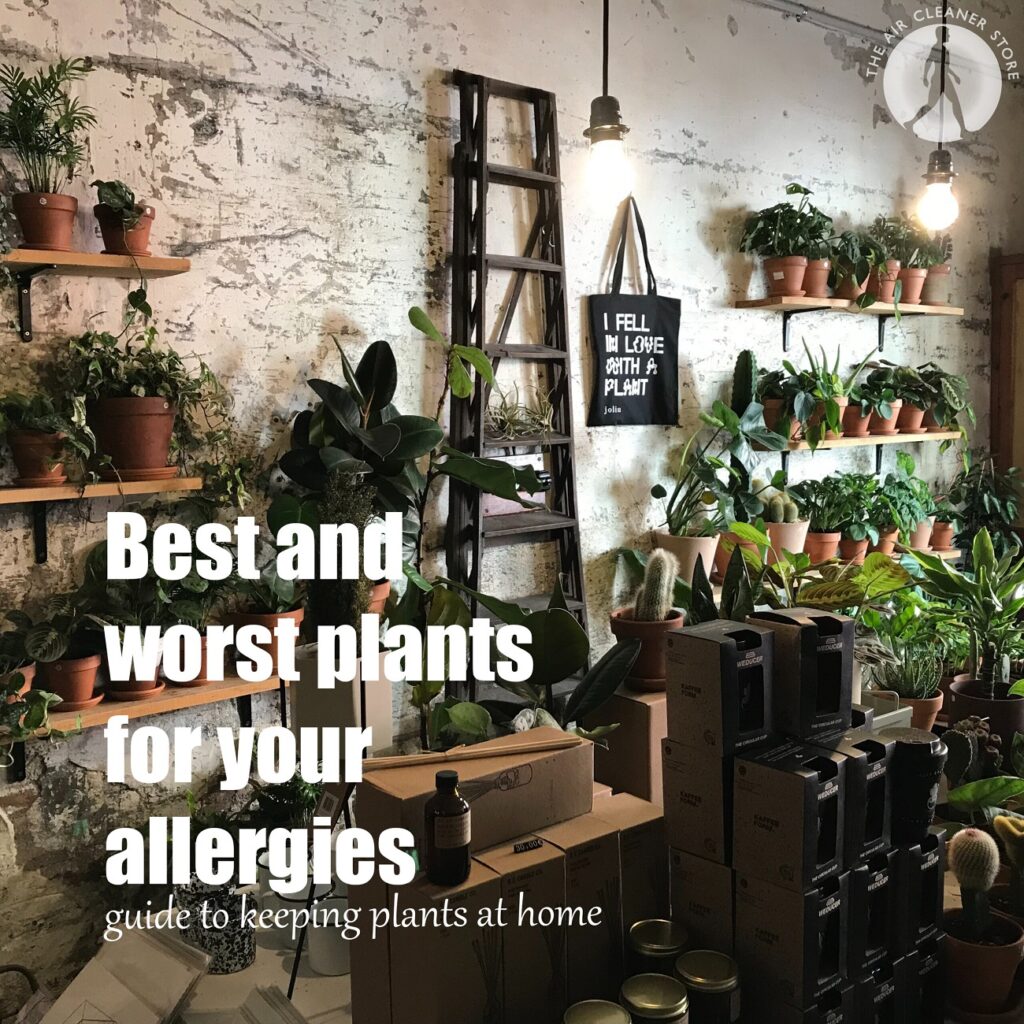When it comes to the relationship between allergies and plants in your home , there are two schools of thought. Some people think that plants can help remove allergy triggers, while others claim that plants only serve to introduce more allergens into the air. Both of these theories are correct to a certain extent, depending on the plant that you are talking about.
Which Plants Can Improve The Quality of Air in Your Home?
If you or someone in your household have allergies, you know how important it is to avoid bringing allergens into your home. Luckily, you do not have to let this caution keep you from adding some plant life to your home decor. Not all plants trigger allergies in those with allergic rhinitis. In fact, some plants may even be able to improve the air quality of your home.
According to NASA’s Clean Air Study released in 1989, certain low-light plants may be effective in removing volatile organic compounds (VOCs) such as benzene, toluene, xylenes and formaldehyde from the air. That is why some people claim that plants, such as florist’s chrysanthemum, can improve allergy symptoms by cleaning the air from VOCs.
Here is a list of 5 plants that remove VOCs from your air:
1. Dracaena
2. Bamboo palm
3. English ivy
4. Rubber plant
5. Areca palm
Please note: English ivy and Dracaena plants can be toxic for your pets, according to American Society For Prevention of Cruelty to Animals – ASPCA. These plants can cause various severe reactions in pets. Some of these are diarrhea, vomiting, abdominal pain, anorexia and depression.
When you have an allergic reaction to a plant, your immune system is reacting to exposure to an allergen released by the plant. The key things to consider when selecting house plants are pollen and mold. The most allergic common symptoms triggered by plants are : runny nose, sneezing, red /watery eyes, and dry, scaling skin.
Things to Consider When Looking For A New Houseplant
When choosing a cool, new addition for your household, it is important to consider the following things:
Some plants produce more pollen than others.
Most plants that have colourful flowers are generally considered to produce pollen. Even though they are very pretty, they are not the best choice if pollen is a trigger for your allergies.
Plants with large, flat leaves can quickly accumulate dust.
Regular cleaning with a damp cloth is necessary. Dry dusting will temporarily move the dust into the air, after which the dust will settle on the leaves or onto another surface.
Damp soil is more likely to grow mold.
Some plants require more water to live. Constantly damp soil is likely to grow mold. According to the CDC, houseplants can affect and promote mold growth in indoor environments.
If you do decide to bring a plant inside your home, we suggest keeping it away from your bedroom. A quality air cleaner can be very helpful in removing all of the aforementioned triggers from the air in your home.
Not All Plants Can Help You Deal With Home Allergies
Regardless of how beautiful certain plants look, some of them may be harmful to your health. According to The Institute of Medicine’s book on health published in 1993, these five plants are the worst for those with indoor allergies:
1. Lilies
2. Ornamental plants like Ficus benjamina
3. Hoya compacta
4. Tulips
5. Chrysanthemums
